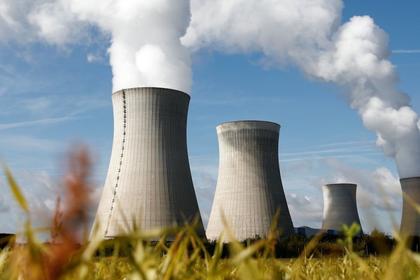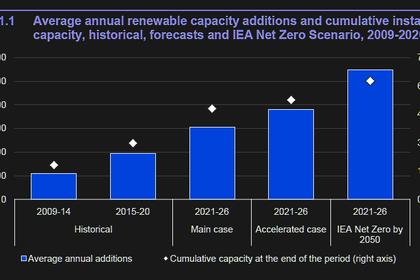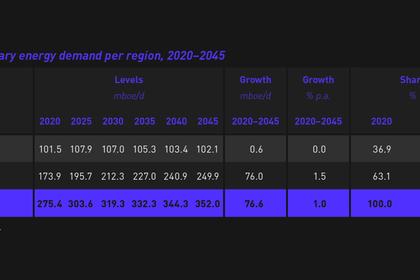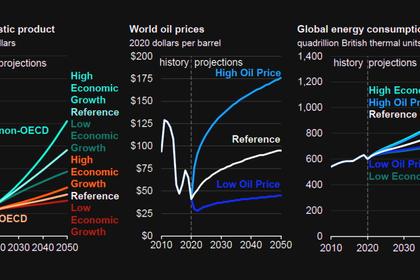
RENEWABLES COULD NOT REPLACE
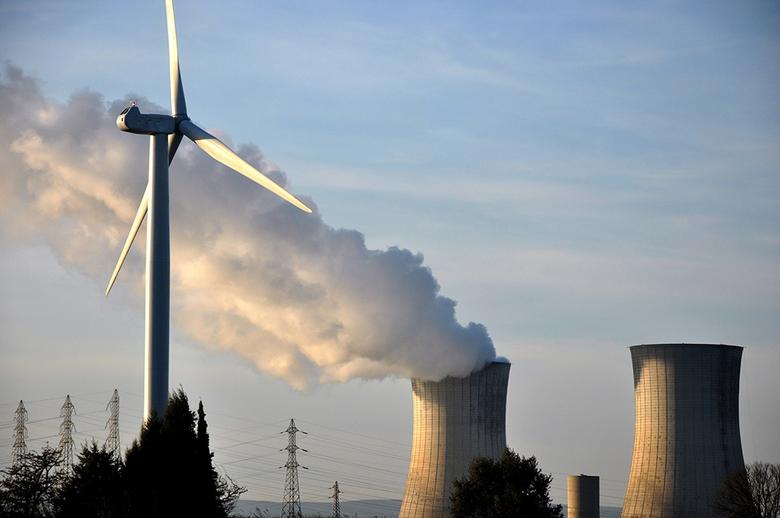
By EDWARD REID, JR. Vice President, Marketing (Retired) / Executive Director (Retired) / President (Retired) Columbia Gas Distribution Companies / American Gas Cooling Center / Fire to Ice, Inc.
ENERGYCENTRAL - Dec 28, 2021 - Calendar year 2021 has provided numerous important lessons regarding climate change and efforts to control or eliminate it.
The most fundamental and important lesson is that weather is not climate, which is essentially the average of weather over a 30-year period. Weather varies significantly from the average which is climate on an hourly, daily, weekly, monthly, seasonal and annual basis. Energy systems must be designed to function efficiently and effectively over the expected range of weather variability.
Perhaps the starkest example of this distinction was the “wind drought’ which occurred in the UK and parts of Europe this fall, resulting in 10+ days of little or no wind and solar renewable generation, well below the average for the current climate. This event made clear that renewable generation could not replace conventional fossil and nuclear generation when there was low/no wind and solar. Rather, renewable generation is redundant generation, additional capacity which is useful when available but requires full capacity backup when it is not available. The installation of redundant generation increases utility investment and cost, which is then reflected in customer rates.
However, the effects of the “wind drought” were exacerbated by the closing of numerous fossil and nuclear generating facilities and a fire in an underwater power cable between France and the UK, reducing available backup generation to very dangerous levels. There is limited data available on the frequency and duration of “wind droughts” or periods of much lower-than-average solar availability.
Similar lesson was learned in Texas, which experienced a solar vortex driven cold event, resulting in severely reduced wind generation. In this event, the essential backup generators were not prepared to handle the load, largely because of the reluctance of the utilities to pay the generators to be available. The lesson here is that while the wind might “blow all the time”, except when it doesn’t, it cannot be relied upon and dispatched as required. While it has long been utility practice to maintain a 20% capacity reserve margin for periods when some generators are offline for maintenance or repairs, in systems with renewable generation the capacity reserve margin must equal the renewable generation percentage plus the typical capacity reserve margin.
These events have made it painfully obvious that renewable generators must be matched with storage capacity sufficient to render them dispatchable under all expected operating conditions to replace conventional, dispatchable generation in reliable electric grids. The extent of the storage required is a function of weather variability and seasonal variability in wind and solar availability. Accurately assessing the required storage capacity becomes progressively more important as the grid reliance on intermittent generation sources increases.
Another lesson of 2021 is that natural variability has not ceased to influence both weather and climate. Calendar year 2021 is the sixth year of a second “hiatus” in global average temperature anomaly increases, despite continued increases in atmospheric GHG concentrations.
The final lesson of 2021, as demonstrated at COP26, is that developing nations consider their economic development to be of far greater concern than climate change.
-----
Earlier:



